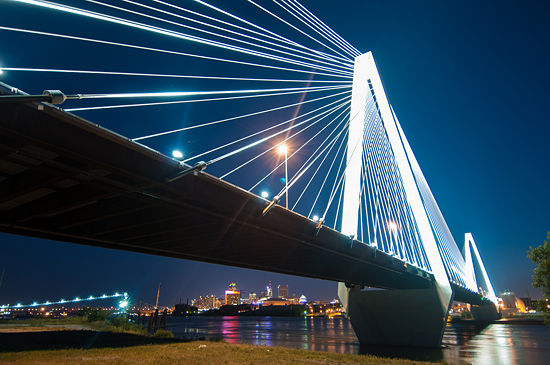901.1 Lighting to be Provided, Operated, and Maintained at State Expense

901.1.1 Interchanges
Basic lighting along the major road at interchanges is provided if one or more of the following warrants are met: (1) If construction year AADT on the major road exceeds 25,000 for urban conditions, 20,000 for suburban conditions or 10,000 for rural conditions, and the traffic on the crossroad exceeds 1500. (2) If the crash ratio of night to day exceeds 1.25 within the interchange area. (3) If the construction year AADT ramp traffic entering and leaving the major road within the interchange area exceeds 5,000 for urban conditions, 3,000 for suburban conditions or 1,000 for rural conditions and the traffic on the crossroad exceeds 1,500. Guidance is available for the typical location of luminaires for basic lighting at diamond interchanges, directional interchanges and cloverleaf interchanges.
901.1.2 Basic Lighting at Intersections Including Ramp Terminals at Crossroads
Basic lighting at intersections is provided if any of the following warrants are met: (1) If the intersection is signalized. (2) If divisional islands or channelizing islands with non-mountable curbs are used (refer to EPG 233.2.12 Islands and EPG 233.4.8 Islands). (3) If construction year AADT on the crossroad exceeds 15,000 for urban conditions. (4) If basic lighting along the freeway is provided. (5) If the crash ratio of night to day exceeds 1.25. (6) If poor sight distance exists. Guidance for the typical location of luminaires for basic lighting at channelized intersections is available.